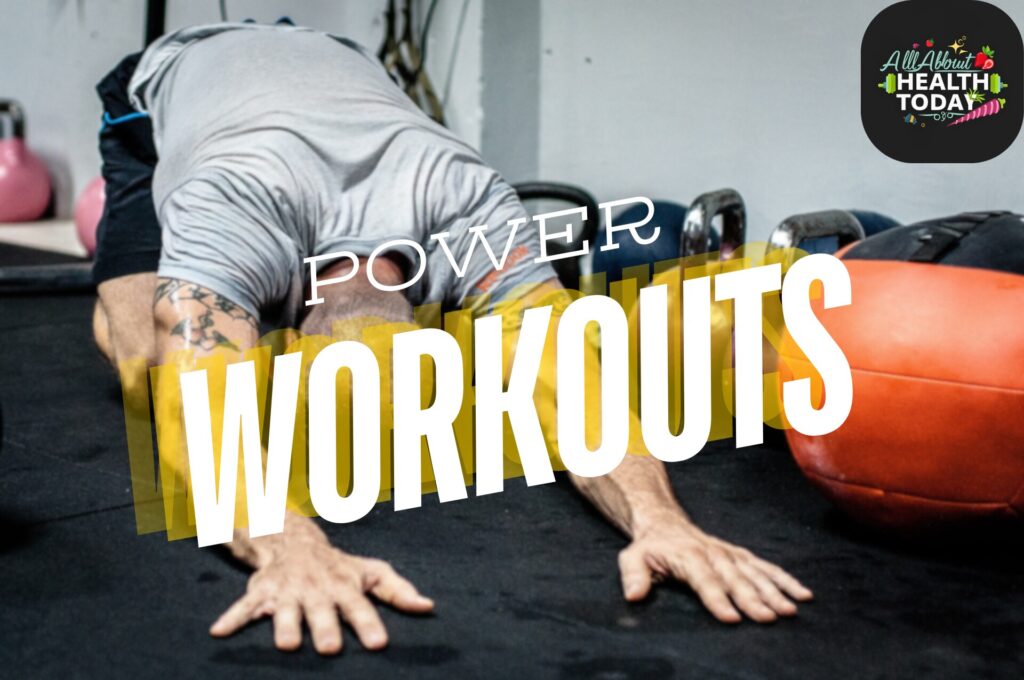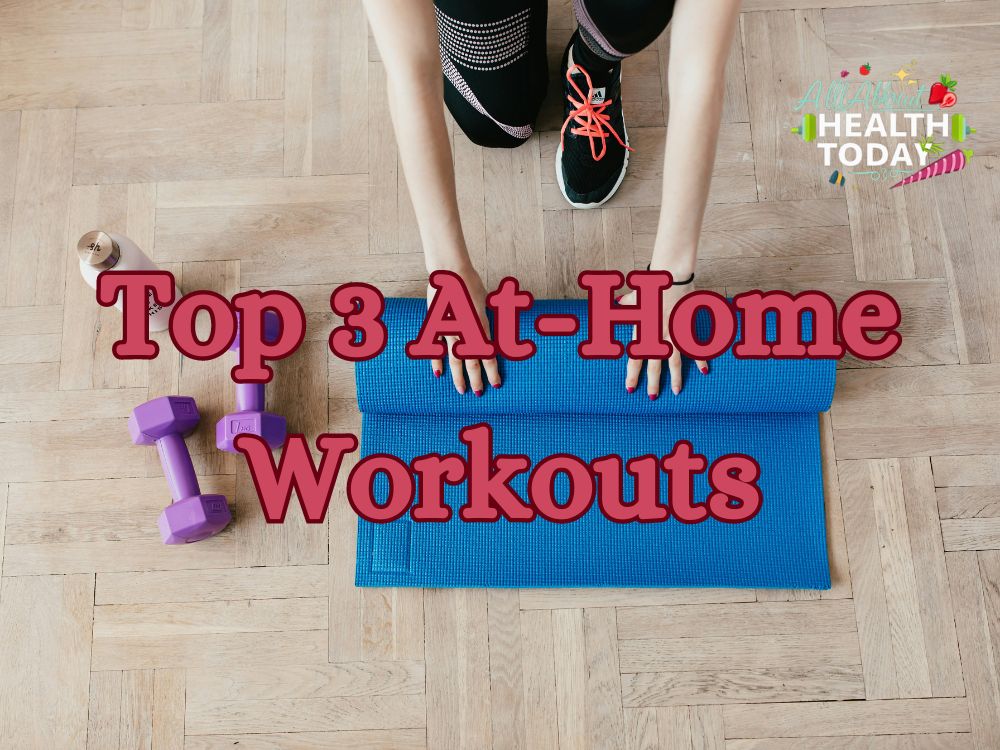Table of Contents
Intro
In the quest for fitness, finding time to visit a gym can be a challenge, especially for busy professionals working from home. But what if you could achieve gym-quality strength training without ever leaving your house? With just a few pieces of equipment, like a workout bench and some dumbbells, you can transform any space into your personal gym. This guide is designed to help at-home working adults integrate effective strength training exercises into their busy schedules, promising noticeable results without the commute.
Whether you’re a fitness newbie or looking to enhance your routine, the exercises outlined below are tailored for quick setups and are perfect for young professionals eager to maintain a healthy lifestyle amidst their work commitments. Let’s dive into how you can use a workout bench at home to maximize your fitness outcomes.
How to Use a Workout Bench at Home?
A workout bench isn’t just another piece of furniture; it’s a versatile tool that can revolutionize your at-home workouts. Here’s how to get started:
- Location: First, choose a suitable space at home where you can place your workout bench. Ensure the area is free of clutter and provides enough room to perform exercises safely.
- Stability: Before each session, check that your bench is stable on the floor. A stable bench is crucial for preventing injuries during workouts.
- Adjustability: If your bench is adjustable, familiarize yourself with how to change its positions safely. Adjustable benches offer a range of angles for various exercises, enhancing their effectiveness.
- Accessories: Consider additional equipment that complements the bench, such as dumbbells, kettlebells, or even an under-desk treadmill for some light cardio pre or post-strength training.
Using a workout bench effectively starts with setting it up in the right environment and ensuring it’s adjusted to meet your specific exercise needs.
Now that you’re all set up, let’s look at how to choose the right exercises to maximize your results.
Choosing the Right Exercises
Selecting the right exercises is crucial for maximizing the benefits of your workout while minimizing the risk of injury. Here’s how to pick exercises that are ideal for your fitness goals and available equipment:
- Identify Your Goals: Are you aiming to build muscle, increase strength, or improve endurance? Your goals will dictate the types of exercises you should focus on. For building muscle and strength, prioritize compound movements that target multiple muscle groups.
- Consider Your Fitness Level: Start with exercises that match your current fitness level. Beginners should focus on mastering the form with lighter weights before progressing to more challenging variations.
- Variety is Key: Incorporate a mix of exercises that use the workout bench in different ways. This not only keeps your workouts interesting but also ensures a balanced development of muscle groups.
- Progressive Overload: Plan to gradually increase the weight or number of repetitions as you get stronger. This principle of progressive overload is essential for continuous improvement.
By carefully selecting exercises that align with your fitness goals and starting level, you can create an effective and sustainable strength training regimen. Now, let’s dive into some specific exercises that utilize the workout bench to kickstart your at-home strength training.
1. Dumbbell Bench Press

The dumbbell bench press is a fundamental exercise that targets the chest, shoulders, and triceps. Here’s how to perform it safely and effectively:
- Setup: Lie back on the flat bench with a dumbbell in each hand. Your feet should be flat on the floor, creating a stable base.
- Execution: Press the dumbbells upward until your arms are fully extended above your chest, keeping the weights balanced. Lower them back down slowly to the starting position.
- Tips: Keep your wrists straight and your elbows at about a 45-degree angle from your body to reduce stress on your joints.
- Variations: Adjust the bench to an incline or decline position to target different parts of your chest.
Incorporating the dumbbell bench press into your routine will help build upper body strength and muscle mass.
2. Incline Dumbbell Bench Press
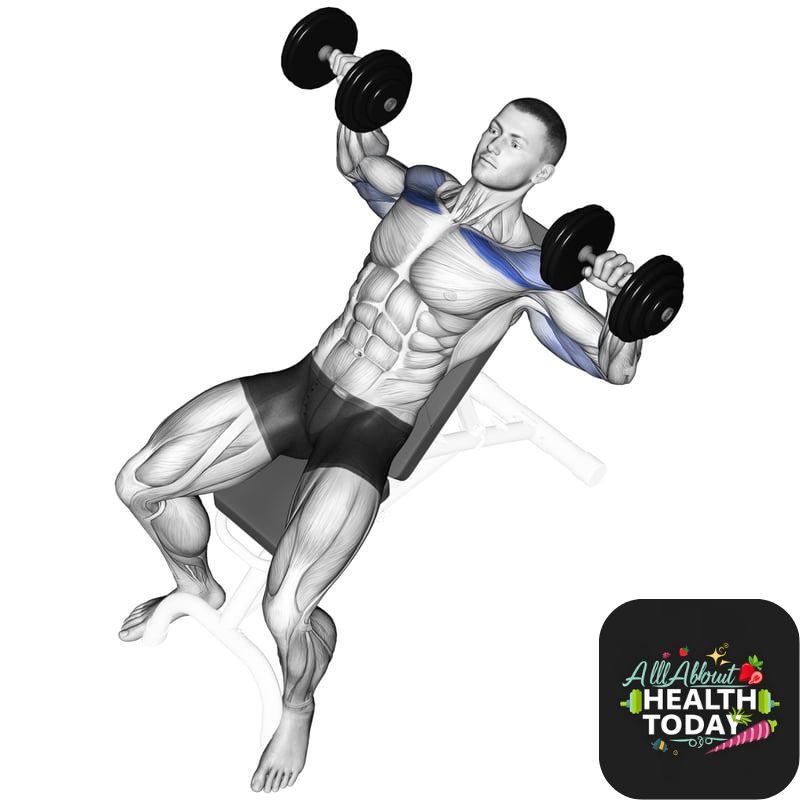
To further define and strengthen your upper chest and shoulders, the incline dumbbell bench press is an excellent choice:
- Setup: Set your bench to an incline of about 15 to 30 degrees. Sit with your back firmly against the bench, holding dumbbells at shoulder height.
- Execution: Press the dumbbells up and together, extending your arms fully. Pause at the top, then lower them back to the starting position.
- Tips: Ensure that you maintain control of the dumbbells throughout the movement to engage your muscles effectively and prevent injury.
- Benefits: This variation emphasizes the upper portion of the pectoral muscles and involves the shoulders more than the flat bench press.
Moving on to another effective exercise for the lower chest, the decline bench dumbbell pull-over.
3. Decline Bench Dumbbell Pull-Over
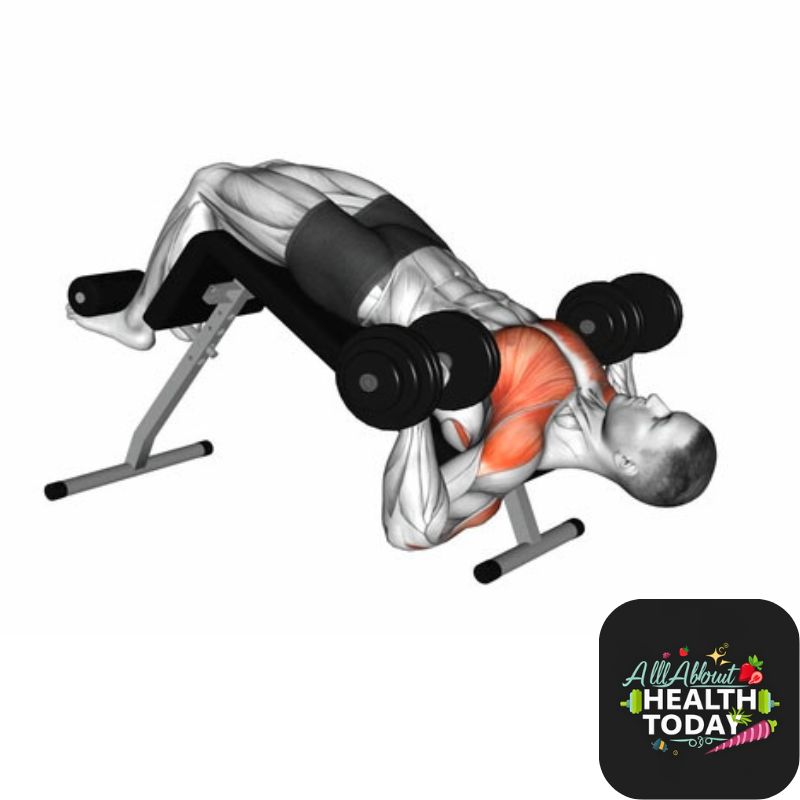
The decline bench dumbbell pull-over is a unique exercise that targets the chest and lats, providing a stretch and strengthening the upper body in a less common movement pattern:
- Setup: Secure your legs at the end of the decline bench and carefully lie back with a single dumbbell held with both hands. Extend your arms over your chest with the dumbbell hanging vertically.
- Execution: Keeping your arms slightly bent, slowly lower the dumbbell over and beyond your head until you feel a stretch across your chest and lats. Bring the dumbbell back to the starting position, focusing on using your chest and lats to perform the movement.
- Tips: Maintain a controlled motion throughout the exercise to avoid any strain on your lower back. Keep the movement smooth to maximize muscle engagement.
- Benefits: This exercise not only works the muscles of the chest and back but also enhances shoulder flexibility and strength.
This completes our focused exercises using the workout bench. Let’s wrap up your routine with some essential cooldown techniques to ensure you recover properly and reduce the risk of muscle soreness.
4. Single-Arm Dumbbell Row
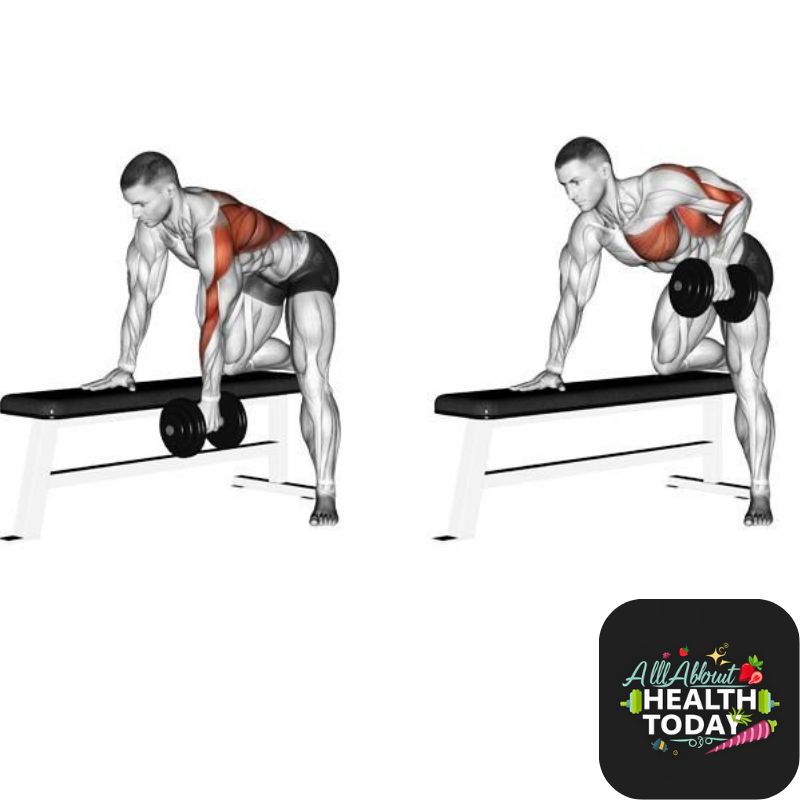
The Single-Arm Dumbbell Row is an excellent exercise for targeting the muscles of the back, as well as engaging the core and helping improve overall body balance and stability. Here’s how to incorporate it effectively into your workout regimen using your workout bench:
- Setup: Place a dumbbell on one side of your workout bench. Stand to the side of the bench and place the knee and hand opposite the working arm on the bench for support. Your supporting hand should be directly under your shoulder, and your knee should be directly under your hip. The other foot should be planted firmly on the floor.🏋️♂️ Upgrade Your Workout: Grab Our Adjustable Dumbbell Set Today!
- Execution: Pick up the dumbbell with your free hand, arm extended, and palm facing towards the bench. Pull the dumbbell up towards your hip while keeping your back straight and your torso stationary. Focus on driving the movement with your back and shoulder muscles rather than your arms. Lower the dumbbell slowly back to the starting position.
- Tips: Keep your core engaged throughout the exercise to maintain balance and prevent your torso from twisting. Ensure your back remains straight and avoid any jerky movements. The motion should be controlled and smooth.
- Benefits: This exercise strengthens the latissimus dorsi, rhomboids, and trapezius muscles. It also works the biceps and helps improve core stability due to the anti-rotational element of maintaining your posture.
Adding the Single-Arm Dumbbell Row to your workout not only broadens the range of muscles trained but also enhances your functional fitness, making it easier to perform daily activities that require lifting or pulling.
5. Cooldown
A proper cooldown is essential to transition your body back to a resting state and to begin the recovery process after your workout. Here are a few cooldown exercises and stretches that you can perform:
- Stretching: Spend at least 5-10 minutes stretching major muscle groups, especially those you’ve worked out. Include stretches such as the chest stretch, triceps stretch, and a cross-body shoulder stretch to relax and lengthen the muscles. Boost Your Flexibility
- Light Cardio: A few minutes of light cardio, such as walking or gentle cycling, can help to decrease heart rate gradually and promote circulation, aiding in the removal of lactic acid buildup in the muscles.
- Breathing Exercises: Focus on deep, slow breathing to help reduce your heart rate and calm your nervous system. This can also be a good moment for mindfulness or meditation to conclude your session positively.
Feeling Sluggish During Workouts? 💥 Discover the best high-energy vitamins to boost your exercise routine and skyrocket your energy levels! Read More
